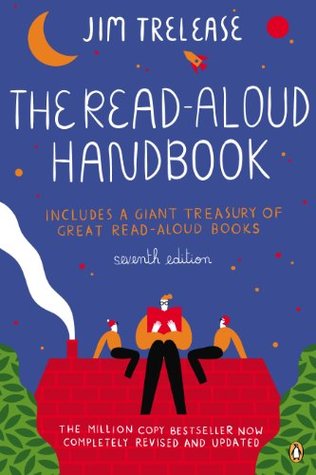More on this book
Community
Kindle Notes & Highlights
The first B is books: Ownership of a book is important, with the child’s name inscribed inside, a book that doesn’t have to be returned to the library or even shared with siblings.
The second B is book basket (or magazine rack), placed where it can be used most often: There is probably more reading done in the bathrooms of America than in all the libraries and classrooms combined.
I’m convinced most human beings want or need to read when they’re eating alone. And with more and more children eating at least one daily meal alone, the kitchen is a prime spot for recreational reading.
Morrow’s study of twenty-one classes of kindergartners showed that children with the most interest in reading came from homes where books and print were spread throughout the house, not just in one or two places.
The third B is bed lamp: Does your child have a bed lamp or reading light? If not, and you wish to raise a reader, the first order of business is to go out and buy one. Install it, and say to your child: “We think you’re old enough now to stay up later at night and read in bed like Mom and Dad. So we bought this little lamp and we’re going to leave it on an extra fifteen minutes [or longer, depending on the age of the child] if you want to read in bed.
According to experts, it is a reasonable assertion that reading and listening skills begin to converge at about eighth grade.24 Until then, kids usually listen on a higher level than they read on. Therefore, children can hear and understand stories that are more complicated and more interesting than what they could read on their own—which has to be one of God’s greatest blessings for first-graders.


